Tom Walkinshaw Racing Is Coming Back to Build Sports Cars. These Are Its Greatest Hits

Perhaps you're not familiar with TWR—that's Tom Walkinshaw Racing—by name. But if you're an automotive enthusiast of a certain age, you've no doubt heard of the vehicles the Oxford-based engineering firm helped shape. This week, Fergus Walkinshaw, the 32-year-old son of the Scottish touring car driver who started the company back in 1976, announced that he's bringing TWR back to build and sell sports cars. And while attempting to revive a car company is quite a different thing than actually running one (just ask TVR), Walkinshaw's resume claims enough all-stars that we have reason to be excited at the potential.
The following 10 cars all owed some aspect of their creation, whether for street use or track competition, to TWR. Let's take a trip down memory lane, shall we?
Jaguar XJR-9
TWR's most prolific partnership by far came through its work with Jaguar, which began with the company modifying Jaguar XJS coupes for touring car racing in the early '80s and eventually led to it developing endurance racing prototypes for the fledgling Group C category. The most noteworthy of these was certainly the 1988 24 Hours of Le Mans-winning Jaguar XJR-9, which cracked Porsche's seven-year streak of victory at the prestigious race, and also earned Jaguar and Martin Brundle the teams' and drivers' World Sportscar titles, respectively, that same year. The XJR-9 was powered by a 7.0-liter V12 and is perhaps best remembered in its iconic purple-and-yellow Silk Cut livery, although the car raced with Castrol colors in IMSA in the U.S.

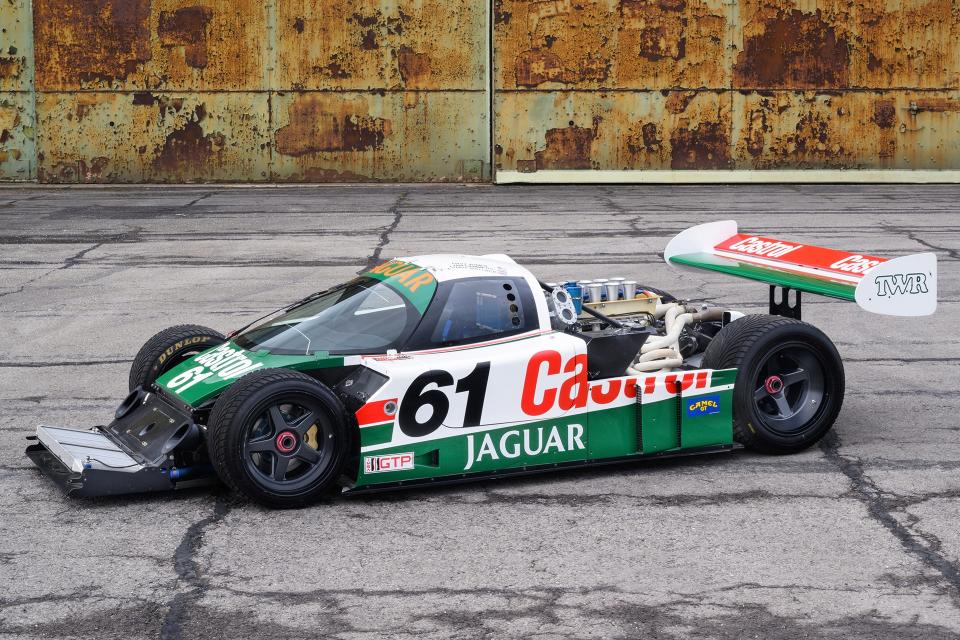
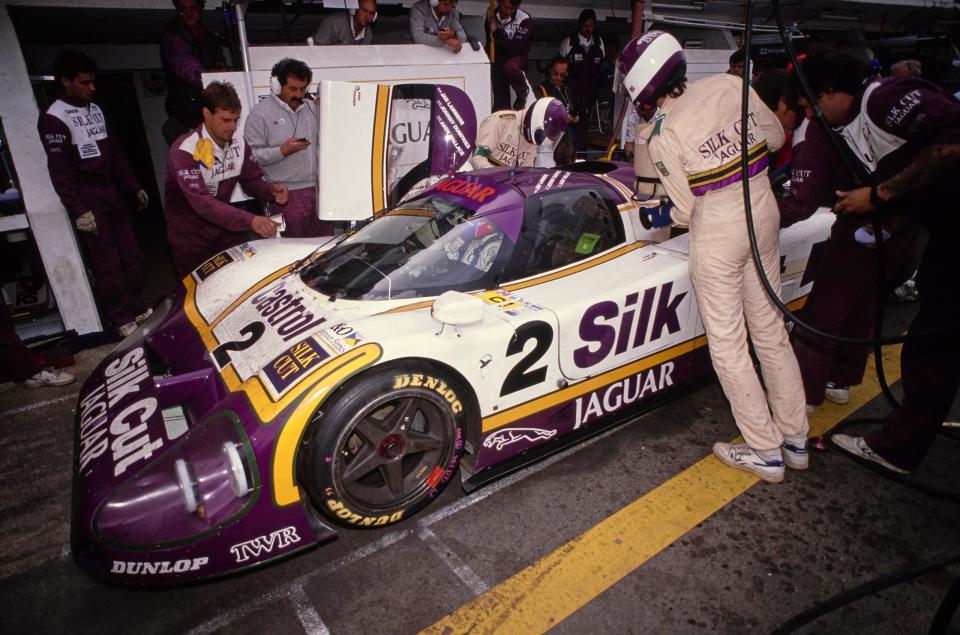
Jaguar XJR-15
The Jaguar XJR-9 proved such a hit that Walkinshaw and company reasoned it'd translate well to a road car. Just two years after the prototype's victory, TWR built the XJR-15 in limited numbers, based heavily on the earlier Le Mans winner. Behind the driver was a slightly smaller, 6.0-liter version of that venerable V12, now producing 450 horsepower. The XJR-15 also carried over the race machine's suspension, utilizing double wishbones and push-rod dampers up front, and conventional coil springs out back.
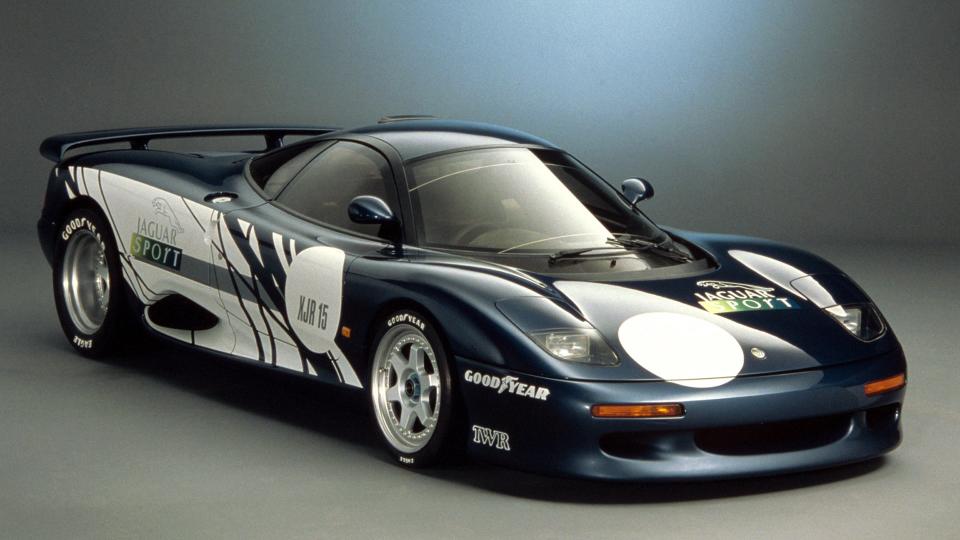
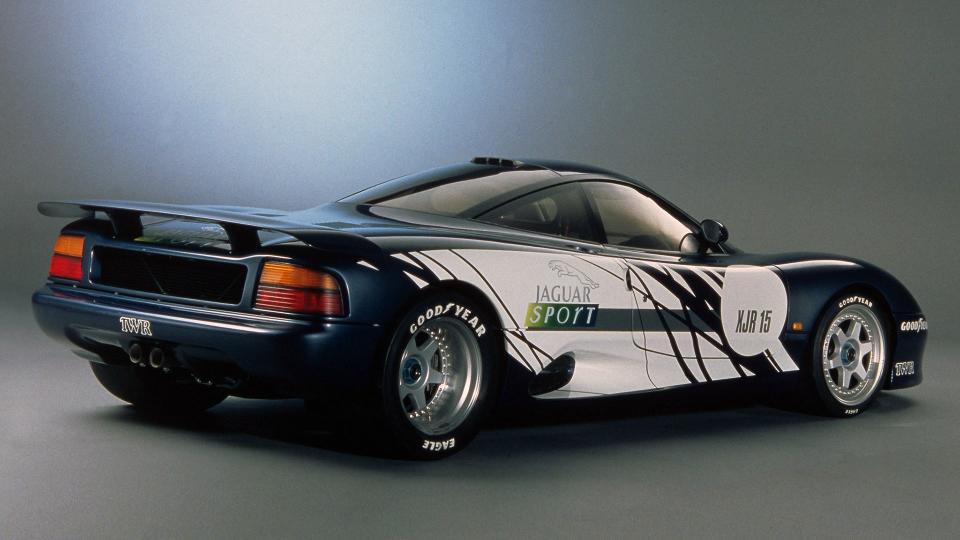
This really was a Group C racer for the road, not to mention the first production car to sport a body and chassis fully made of carbon fiber and Kevlar. Jaguar and TWR proved the vehicle's mission statement with a dedicated one-make series that saw wealthy owners hire professional drivers to compete for a $1 million purse. If that sounds like a formula for epic wheel-to-wheel motorsports, well, see for yourself.
https://www.youtube.com/watch?v=Nrh2_1TIGs0
Jaguar XJ220
The last of our Jaguar triumvirate is perhaps the one most likely to have appeared on your bedroom wall's poster growing up. The '90s was such a great decade that the British automaker campaigned not one but two entirely distinct supercars. As XJR-15 production wound down in 1992, the XJ220 arrived to take its place, based on a 1988 concept with a 6.2-liter V12 and all-wheel-drive. TWR was tasked with translating the pitch to production, and that resulted in a number of changes in the interest of performance and financial viability—most notably a switch to a twin-turbo 3.5-liter V6 that had proved itself in Group B rallying in the MG Metro 6R4, in addition to rear-wheel drive, to save weight.
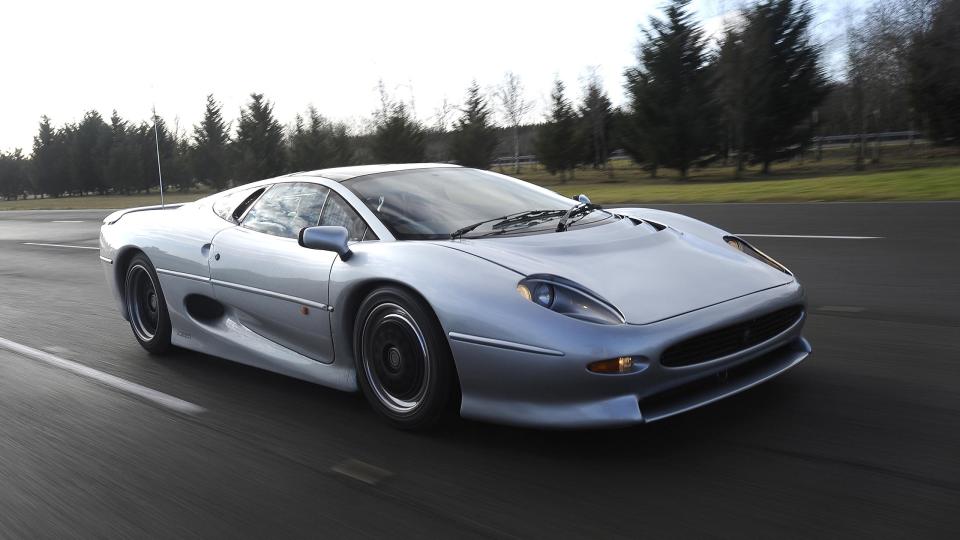
Renault Clio V6 Renault Sport
For four years, Renault actually went and made a mid-engined version of the second-generation Clio two-door hatch with a 3.0-liter V6, as a homage to the brand's 5 Turbo of the 1980s. TWR was brought in to not only design the special Clio but also manufacture it, up until the "Phase 2" refresh in 2003, when Renault took production in-house. Another fun fact: Porsche tuned the engine for those later Clio V6 variants, adding another 25 hp to the party, for a total of 252 hp.
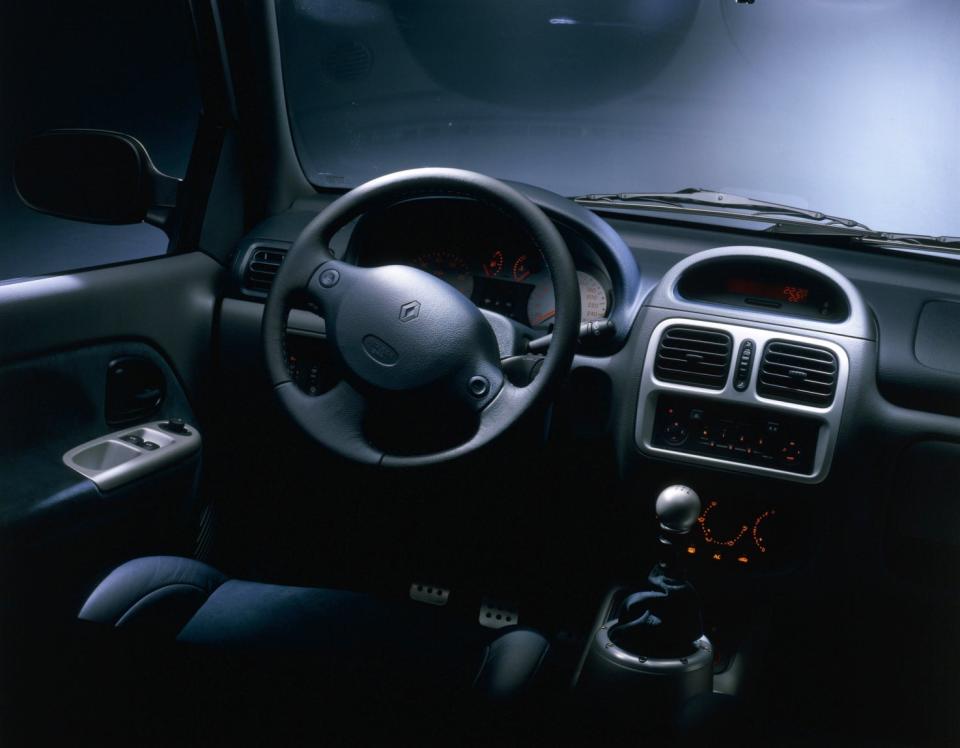
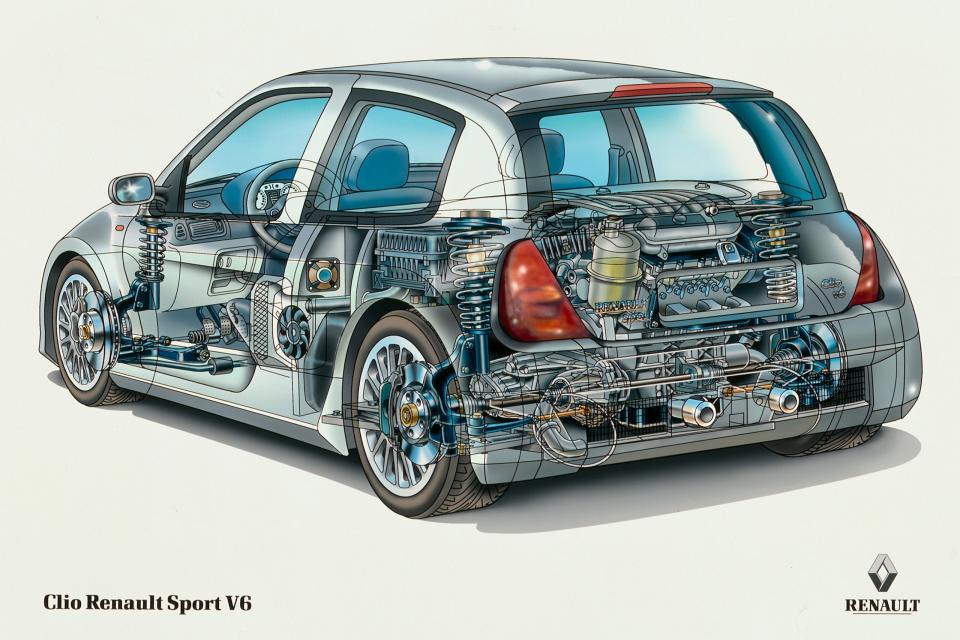
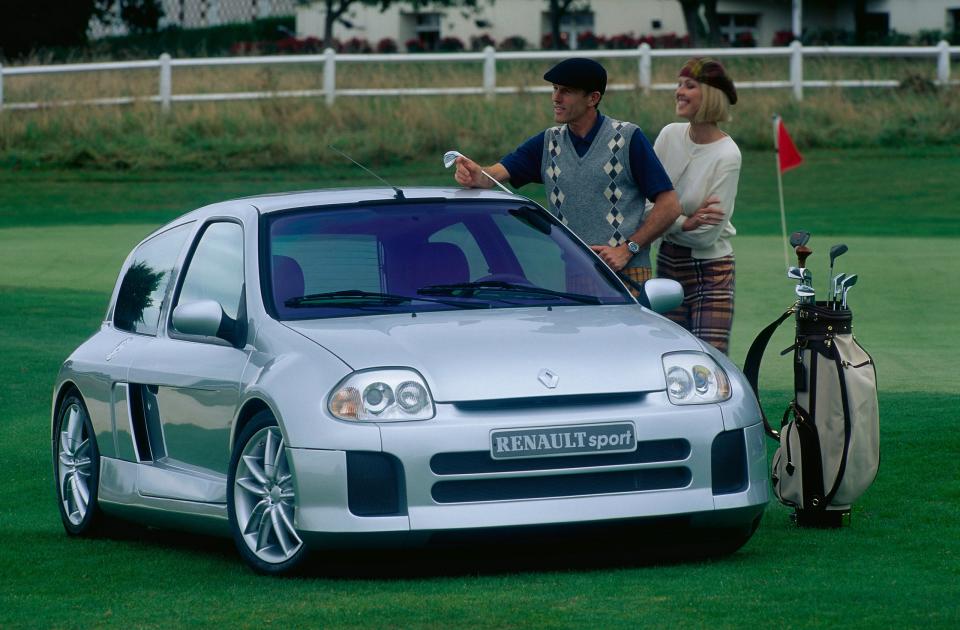

 Yahoo Autos
Yahoo Autos 